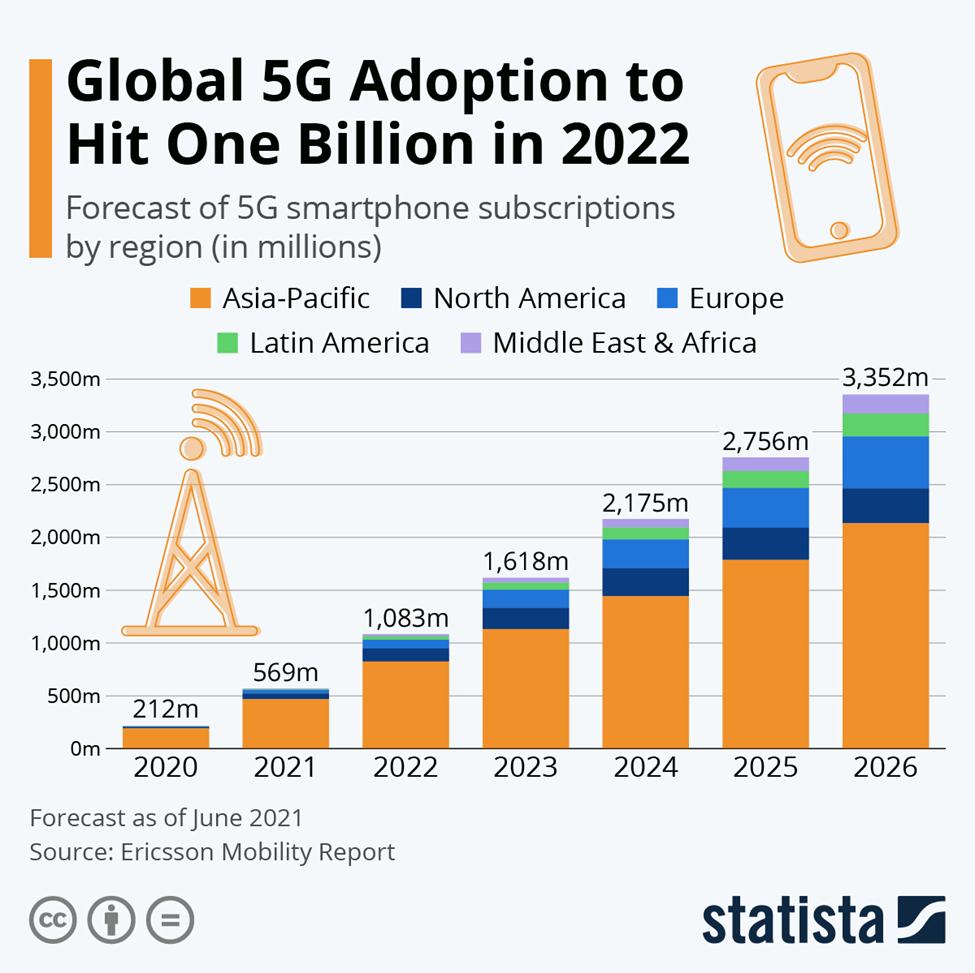He wanted it to just go away.
The awkward pauses. The quiet frustration. The weight of not knowing if it would happen again.
For millions of men, erectile dysfunction (ED) isn’t just a physical issue—it’s an emotional blindside. A moment that reshapes how they see themselves. And for over two decades, Viagra has been the first conversation-starter in a room most men were too embarrassed to enter.
But beyond the cultural icon—the infamous “little blue pill”—there’s a well-researched, medically validated treatment that still leads the charge in ED meds. So how exactly does Viagra work? And why does it remain so central to treating ED?
Let’s break it down.
Table of Contents
Not Magic—Just Smart Science
First, forget the Hollywood version. Viagra doesn’t create desire. It doesn’t trigger random, uncontrollable erections. What it does do is support your body’s natural response to arousal.
At its core, an erection is all about blood flow. When you’re sexually stimulated, your body releases nitric oxide—a molecule that kicks off a chain reaction, relaxing smooth muscle tissue in the penis and allowing blood to fill the spongy erectile chambers (called the corpora cavernosa). The result? An erection that can be sustained during sexual activity.
But for many men with ED, a chemical called phosphodiesterase type 5 (PDE5) interrupts this process. PDE5 breaks down cGMP, the molecule that keeps the blood vessels relaxed and open.
Viagra, known generically as sildenafil, is a PDE5 inhibitor. That means it blocks PDE5 from breaking down cGMP too quickly. The result? Improved blood flow, stronger erections, and a greater chance of things going smoothly—literally and figuratively.
Timing Is Everything
One of Viagra’s strongest advantages in the ED meds landscape is its predictable performance. Most men begin to feel effects within 30 to 60 minutes, with a window of efficacy lasting up to four hours.
It’s not an instant fix—it needs arousal to work—but it gives you room to relax and enjoy the moment without watching the clock like a hawk.
Some users find taking it on an empty stomach helps it kick in faster, while high-fat meals may slow absorption. But overall, its timeline is a known quantity—something you can plan around, not tiptoe toward.
It’s More Than Physical
Here’s what doesn’t show up in the clinical data: confidence. ED doesn’t just affect sex—it affects self-esteem, relationships, and sometimes even mental health.
The ability to count on a treatment, to know your body will respond, often reduces the performance anxiety that compounds the issue in the first place. Many men report that Viagra not only improved their erections but also reduced their stress around intimacy, helping to reconnect emotionally with partners.
In short, Viagra doesn’t just treat ED—it treats the fear of ED.
Widespread Use, Well-Documented Results
Since its FDA approval in 1998, Viagra has been prescribed to tens of millions of men worldwide. It’s considered a first-line treatment for erectile dysfunction, especially for those with age-related or stress-induced ED.
Studies show response rates of around 70%, even higher in some cases of psychogenic (mental/emotional) ED. It’s also been tested across diverse populations—including men with diabetes, heart disease, and post-prostate surgery—with varying degrees of success.
That makes it one of the most versatile, studied, and trusted ED meds available today.
Safety: What to Know Before You Pop That Pill
Viagra is generally safe for most men, but not all.
The most common side effects include headaches, facial flushing, nasal congestion, upset stomach, and—yes—occasionally, a blue tint to vision. These usually fade within a few hours.
More serious risks exist for men taking nitrates (common in heart medications), as combining the two can cause dangerous drops in blood pressure. That’s why a consultation with a healthcare provider is non-negotiable, even for something as common as ED.
Good news? That’s easier than ever. With online platforms, getting a prescription for Viagra is more private, efficient, and discreet than walking into your local drugstore.
Why Viagra Still Stands Out
In an age of instant options and over-the-counter promises, Viagra holds its ground for one simple reason: it delivers. It’s backed by real science, trusted by doctors, and used by men who want reliability over hype.
Sure, there are daily-use ED meds. There are newer brands with fancy packaging. But for men who want on-demand support with a proven track record, Viagra continues to lead the conversation.
And maybe the most powerful part of all? It gives men back something they thought they’d lost: agency, intimacy, and a return to feeling like themselves again.
The Takeaway
ED doesn’t mean the end of your sex life—it means it’s time to have a conversation. With yourself. With your doctor. With your partner.
Viagra isn’t a magic fix, but it’s an incredibly effective one. If you’re considering ED meds, start with the one that’s helped redefine treatment, conversation, and confidence for over two decades.













